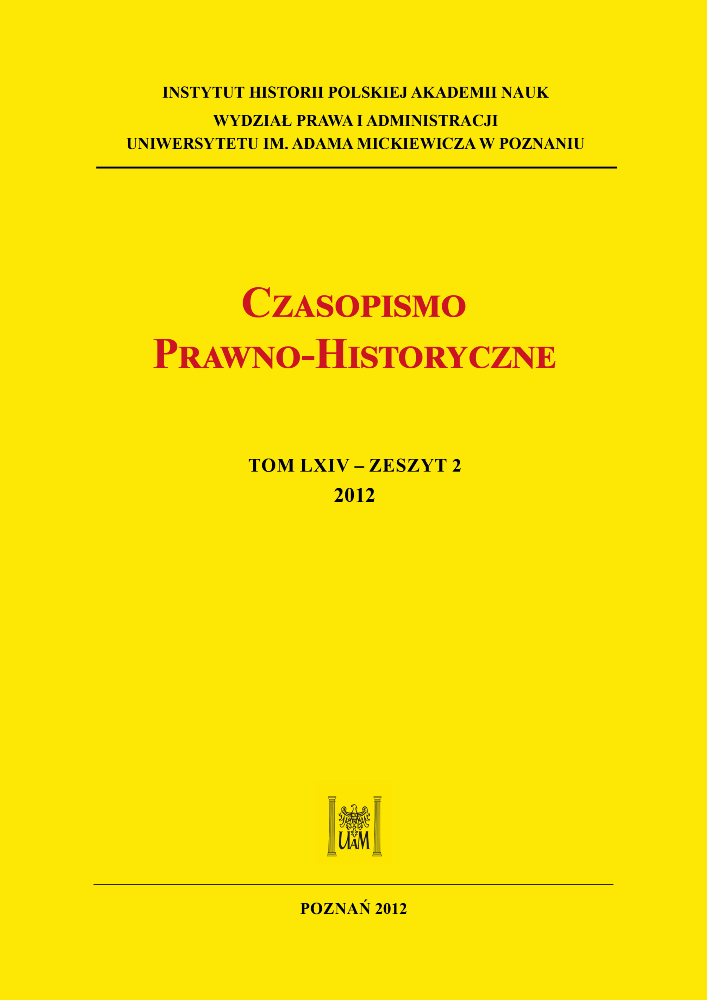Abstrakt
In the Roman legislative process, the task of dissolving a dispute was vested in a private individual of a high social rank, but who usually lacked legal knowledge and experience. And yet, the law required from such judges due performance of their duties, and even provided for death penalty for a judge who had decided in favour of the party who paid him. Already in the 2nd century BC a judge’s liability was recognised for litem suam facere or improper conduct such as, inter alia, failure to deliver a decision, failure to keep the dates of trails, absence during a trail, or incompatibility of the judgment with the formula provided for in condemnatio. Therefore, in recognition of the potential difficulties of making a wrong decision as a consequence of a lack of legal knowledge or other necessary capabilities, judges were granted a right to turn to jurists or philosophers for advice, or could even take an oath in which they claimed their inability to solve the matter (sibi non liquere). In the contemporary Polish legal system, similarly to most other legal systems, judges may not refrain or escape from fulfilling their fundamental duty such as delivering a judgment, and justify such failure by unclear circumstances (doubts as to the actual circumstances), the absence of an unambiguous legal norm to apply in a given case (doubts as to the legal state of affairs) or an absence of an applicable norm (a gap in legal regulations). Today, the judicial duty to deliver a judgment arises from the requirement to implement and realise the principle of public access to the courts of justice, provided for, in Poland, in article 417 § 3 of the Civil Code.
Licencja
Copyright
© 2012 Wydział Prawa i Administracji UAM w Poznaniu
OPEN ACCESS




